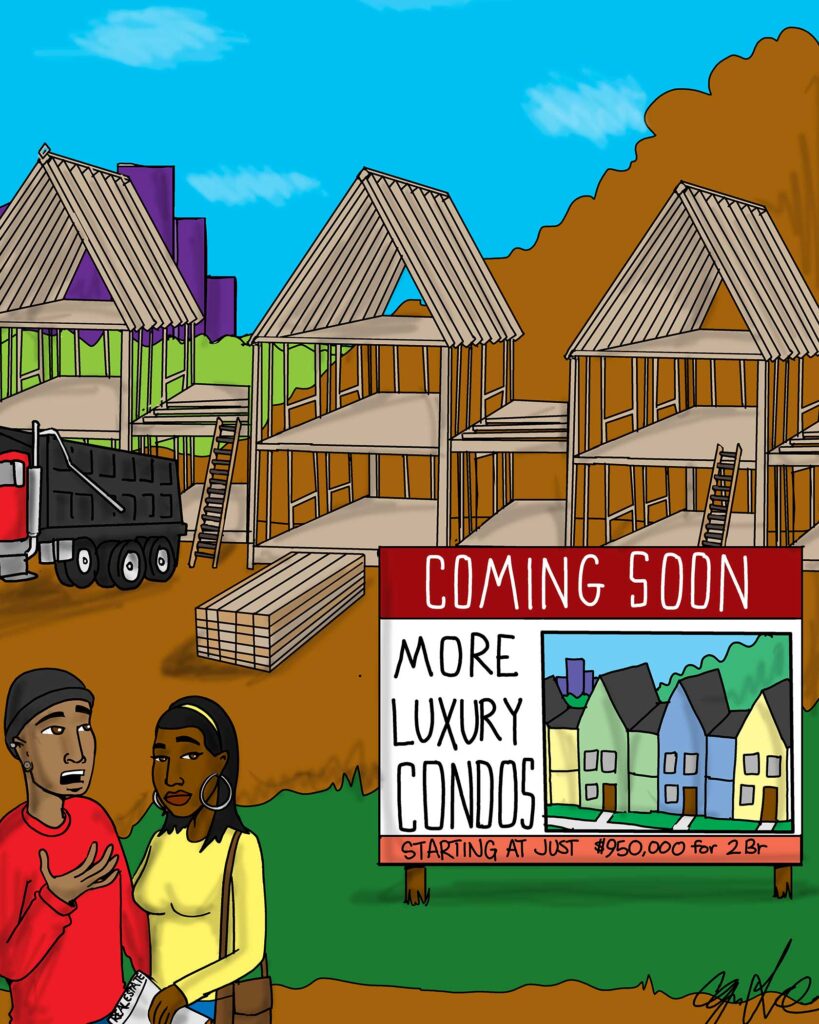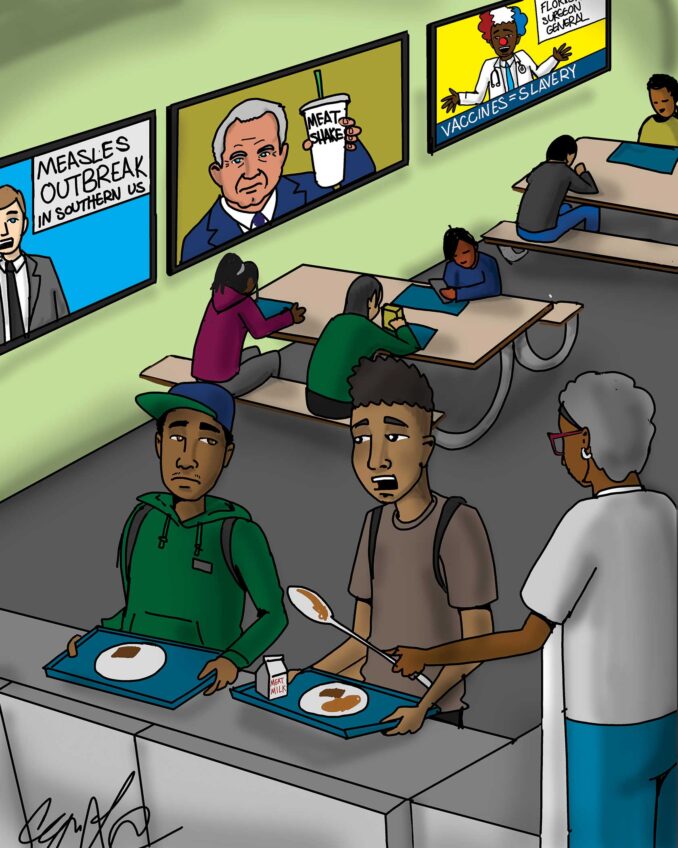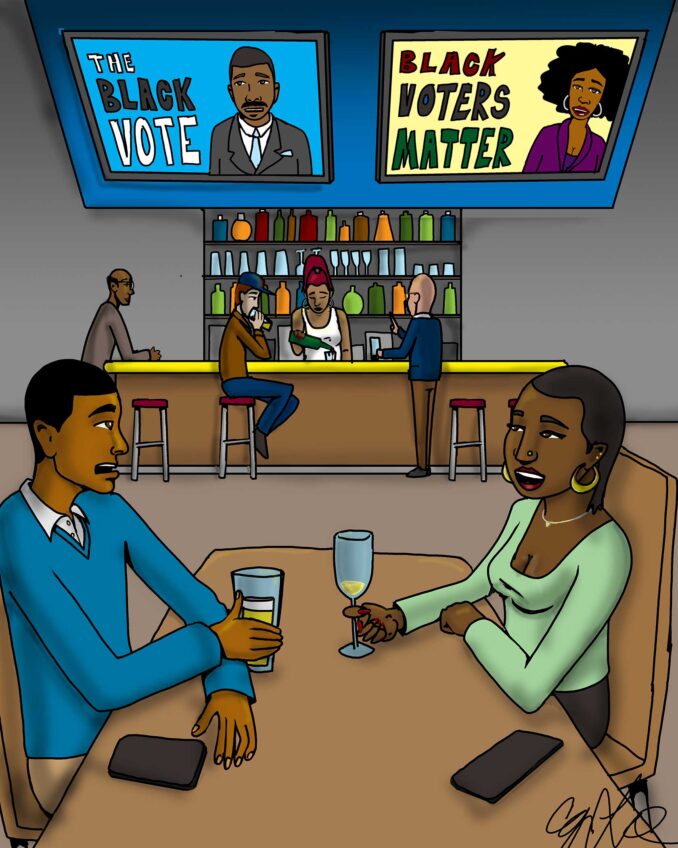
A quick dive into housing statistics across Massachusetts produces a discouraging picture for the future of the commonwealth. Rising rents and soaring sale prices are driving people from the state, especially the young, and putting key industries at risk. When you add proposed federal housing cuts to the mix, the doom-and-gloom prospect veers towards the disaster zone.
The average rental unit in Boston costs over $3,300 a month, a staggering sum for low-income and working families. The median sales price for a Boston home this year is over $800,000. Over 42,000 households anxiously sit on the Boston Housing Authority waiting list for public housing units. Statewide, 160,000 families await placement through the Massachusetts Rental Voucher Program.
On the homeownership side, over 70% of white households in Massachusetts own their own home versus just 38% of Black households. Soaring mortgage costs have made the dream of owning a piece of the block — and the aspiration of creating generational wealth — out of reach for many families of color.
For those Black households who do manage to buy, it’s in Boston neighborhoods like Mattapan or Hyde Park, the only places where more than one-third of the mortgages went to Black buyers, according to the latest report from the Partnership for Financial Equity. The nonprofit reported exactly zero mortgages during the same period going to Blacks in the Back Bay, Beacon Hill and the Fenway.
Driven from historically Black neighborhoods like the South End, Roxbury and Dorchester by gentrification, Black families are disproportionately finding homes in municipalities like Worcester and Brockton — so-called “Gateway Cities” where housing costs are lower, crime rates are higher and educational achievement lags behind wealthier cities and towns. Rather than build new housing to address the crisis, some Boston suburbs are buying land to turn buildable acres into conservation property while resisting state mandates on affordable housing development.
The city of Boston and the Commonwealth of Massachusetts have stepped up their commitment to increasing the supply of housing to better meet demand and stabilize housing costs.
Gov. Maura Healey last year signed into law a $5 billion housing bond bill, the largest in state history, which includes statewide zoning changes allowing for the creation of “Accessory Dwelling Units” in single-family districts.
In Boston, Mayor Michelle Wu announced in February $64 million in new funding to preserve 647 units of affordable housing across 12 neighborhoods. The city continues to promote homeownership through first-time homebuyer programs and help finance affordable housing development through the city’s many nonprofit community development corporations.
But decades of federal underinvestment in building new housing – not a single net new federal unit has been added since the Reagan administration – have left state and local efforts way behind meeting real housing needs. According to the Metropolitan Area Planning Council, 441,000 Massachusetts households qualify for affordable housing but can’t access it. With waitlists that can string out more than a decade, the vast majority won’t achieve housing security anytime soon.
And now the bleak picture is looking even drearier. Under President Donald Trump’s budget blueprint released last week, federal housing subsidies would be slashed by over 40%. Calling the current system of rental assistance “dysfunctional,” the White House’s solution is to basically end Section 8 and other key housing voucher programs and instead send money to states in the form of block grants to “design their own rental assistance programs based on their unique needs and preferences.”
Federal housing aid currently reaches only about a quarter of those who are eligible. For those who do benefit from subsidies, axing 40% of assistance funds — a total of over $26 billion — would put unsustainable pressure on state budgets to make up the difference. Households living on the edge could see rents nearly doubled, with many falling off the edge into homelessness.
The administration plan would upend excellent proposals from groups like the Boston Foundation to use a fraction of available public land in Greater Boston to build new housing. The philanthropy’s 2024 housing report said that an additional 85,000 units of housing could be built by using just 5 percent of the publicly owned vacant land not reserved for conservation in the Boson area.
Public opposition to new housing and regulatory barriers are already formidable obstacles. Shrinking federal support for tenant and project-based housing subsidies would diminish the prospect of making any new housing accessible to low-income households. The short-sighted Trump plan for housing also minimizes how many affordable units emerge from Mayor Wu’s ambition to turn vacant Downtown Boston commercial properties into residential housing.
The impact of federal housing cuts would be like pouring water on a drowning man. Too many families are already paying more than 50% of their income on housing, eroding their ability to pay for food, medicines, heat, electricity and other necessities. Callously cutting federal support for housing to finance tax cuts for the 1% undermines efforts across the nation to address the affordability crisis.
In Massachusetts, with some of the highest housing costs in the nation, we know we can count on our congressional delegation to battle the reckless Trump budget blueprint. We just hope that the rest of the country understands that the White House is not just putting out a sign saying, “No room at the inn.” Donald Trump, a real estate developer with a history of bias towards tenants of color, wants to tear down the inn all together.
Ronald Mitchell
Editor and Publisher, Bay State Banner







